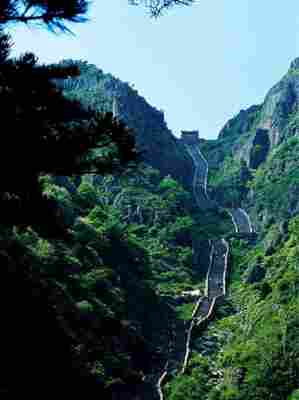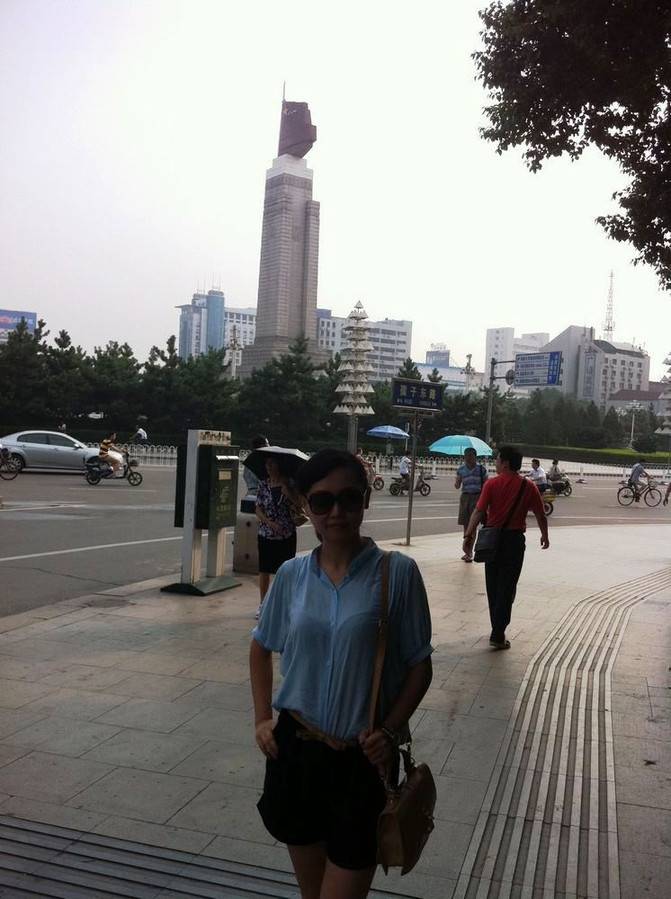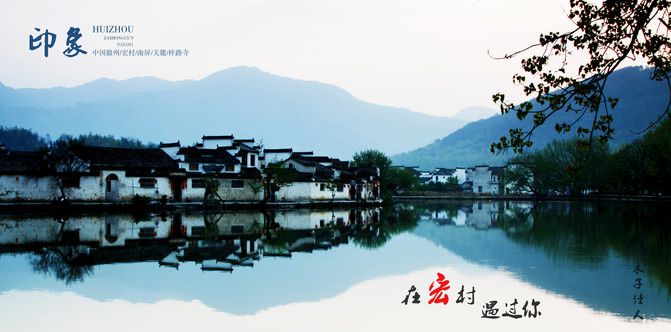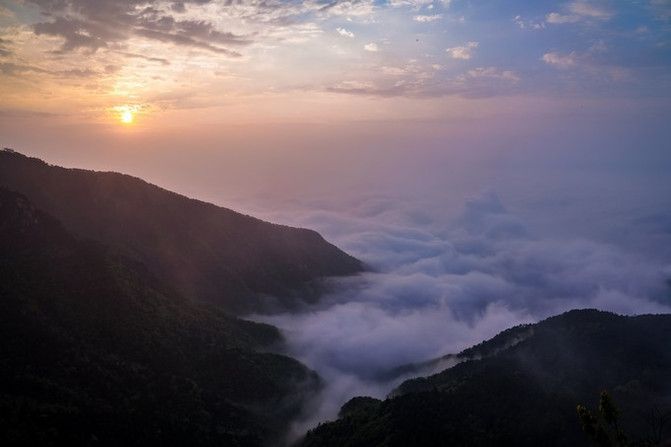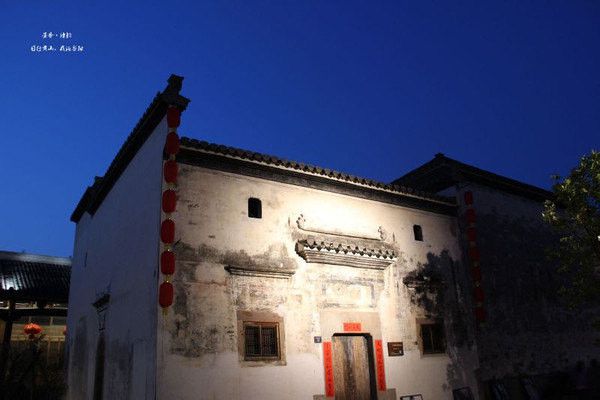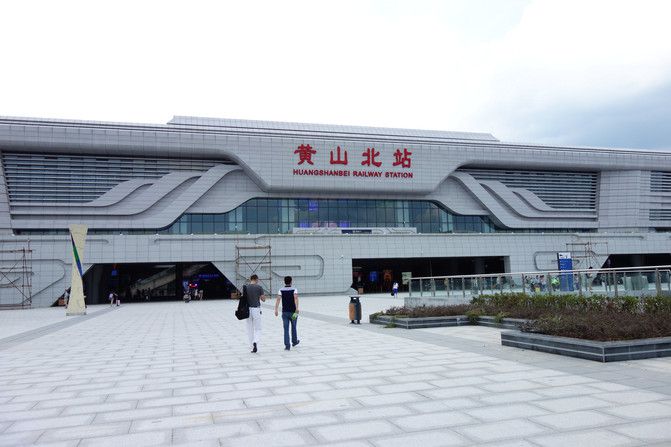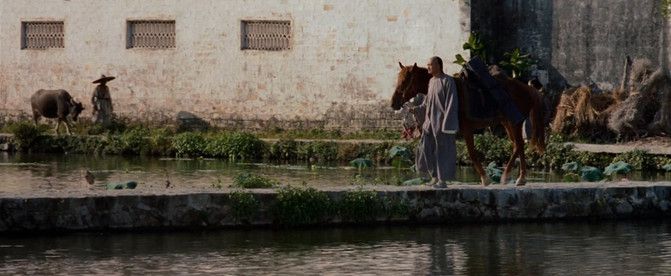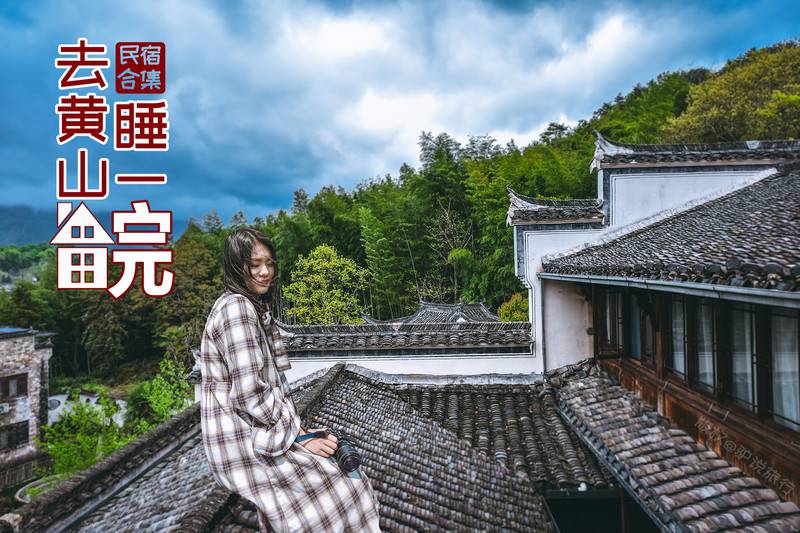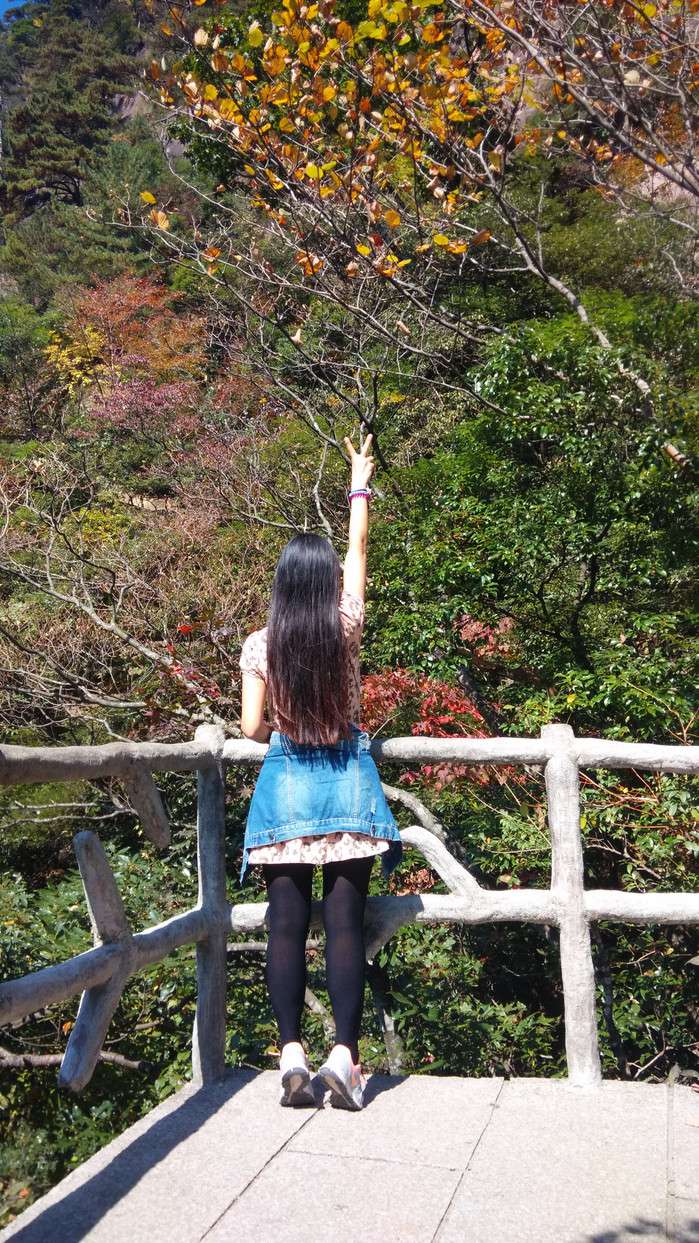February 17,2023 Post by :Ruoshui Chen
Mount Tai - Holy Land of Politic and WorshipMount Tai, the most famous sacred mountain in China
“I must ascend the mountain’s crest, It dwarfs all peaks under my feet.”The Chinese poet Du Fu once wrote in the mountains. Which is this mountain? Mount Tai is that, whether you see it first, second time or even the countless time, you will be experienced by it’s majesty. It has witnessed the 5,000-year magnificence of the land of China, played an indispensable role in the Chinese civilization time and time again, and accompanied the Chinese lion to thrive.
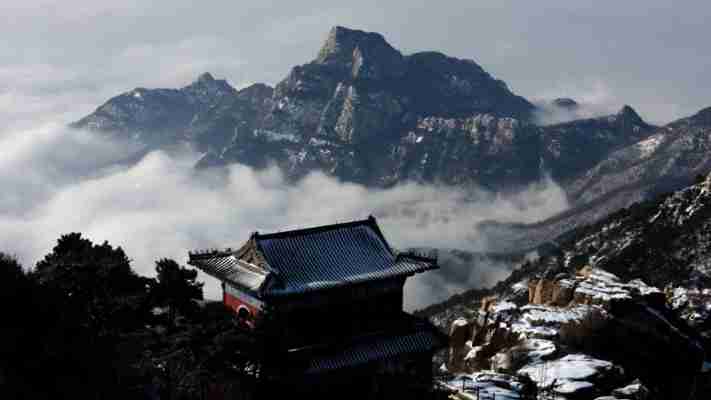
Rocks, without doubt you can find all the rocks here in the shape you can imagine.Fairy bridge, Tianzhu Peak, Sea finder and so on. Weird rock is the adjective of Taishan.
With rocks, stone carvings are derived.Many well-known calligraphers and sculptors have worked together to create cultural treasures one after another, standing among Mount Tai, and leaving them to be viewed by future generations-this is the Taishan Rock Carving.
As the saying goes, a lone palm is hard to sing, so there are just mountains and waters that can be picturesque.Naturally, Mount Tai cannot have only rocks. Numerous mountain springs and streams are the finishing touch. The terrain of Mount Tai is high and steep, the river is short and rapid, and the erosion is strong. The river is controlled by faults, so there are many water drops and waterfalls.
Because of the various natural landscapes of Mount Tai, different seasons have their own unique charm. Whether it is Mount Tai covered by spring rains and mists, under the shining sun in summer, covered with golden leaves in autumn, covered with snow in winter, all people will linger. The four seasons are different and the experience is also different.
In addition to natural heritage, Mount Tai is also a cultural heritage. We can see here Mount Tai is the land of Qilu and even one of the origins of Chinese civilization. We can see traces of time flowing on it, accompanied by the mysterious atmosphere of religion. Dai Temple is the representative.It is the place where the emperors of the past dynasties held the Zen ceremony and worshipped the god of Mount Tai.
Every year Mount Tai will hold a performance of the Zen ceremony Grand, solemn, majestic, magnificent and artistic sentiments are the keynotes of the performance. The performance was well received by the audience. Countless people will gather at the foot of the mountain to experience this historical and traditional artistic feast.
Finally, how can the viewing spots fall to eat. The Taishan barbecue, the stewed chicken at the foot of the mountain, and the Shandong-style—Taian pancakes will all make you relax physically and mentally after a hard climbing journey. What can reward yourself better than beer and food?
Taian Attractions, Taian Sightseeing, What to see in Taian
Taian Attraction Read the following introductions for attractions in Taian. You will know the top attractions there and you can also get to know the city attractions by category.
Top Taian Attractions
Mount Tai Chinese name: 泰山 (Tai Shan) Location: Taian City, Shandong Province. Elevation: Jade Emperor Summit, the main peak of Mount Tai, is about 1532.7 meters high. Open time...
Dai Temple/Daimiao Chinese name: 岱庙 (Dai Miao) Location: On the Dongyue Road, Taishan District, Taian City, Shandong Province. Admission fee: 30yuan. Opening time: 07:30-17:30 (the ...
Dai Temple/Daimiao To climb the Mount Tai from the middle way is a main principle in both history and culture, whose point of departure is Dai Temple, the largest and most complete ancient building group in Taishan Mountain scenic spot located in the north of Tai’an city. It was praised as the Ever-lasting Temple.
Mount Tai - Holy Land of Politic and Worship
Mount Tai — Holy Land of Politic and Worship in Chinese Culture

Definition
What Is Mount Tai? Mount Tai or Mount Taishan, also called Taishan Mountain, was one of the most sacred places in Chinese history, where great emperors held holy worship ceremonies and were considered representative of the empires' stability and wellbeing. In mythology and religion, it has believed to be the place that connects heaven and hell, immortal deities, and ghosts. Today, it is a UNESCO Mixed Natural and Cultural Heritage, with stunningly beautiful natural sceneries and valuable historical, cultural, and religious relics.
Data
Important Data of Mount Tai. Mount Taishan is located in the Tai'an City of Shandong Province, east of China; It is around 426 square kilometers large; Jade Emperor Peak or Yuhuang Ding, the main peak, is 1532.7 meters high; There are over 20 ancient building ensembles; Thousands of stone inscriptions from different dynasties are scattered in the mountains.
Panorama Painting of Mount Tai
Importance
Why Mount Tai Is So Important in Chinese Culture? Not being the highest nor grandest mountain in China, however, Mount Tai is the most sacred place in Chinese culture for some different reasons. The area where the mountain is located was the original place of important Neolithic Cultures, including Dawenkou Culture (4500 BC — 2500 BC) and Longshan Culture (2500 BC — 2000 BC).
Painted Pottery Jar of Dawenkou Culture — Shandong Museum (Photo by Dongmaiying)
Of the Five Great Mountains, Mount Tai is on the east where the sun rises. According to the Five Elements Theory, the east represents wood and spring, which represents the origin, life, hope, and thriving. It is the highest and holiest mountain in the States Qi and Lu, the hometowns of Confucius and Mencius, and the origin place of Confucianism. In ancient mythology, Mount Tai is the incarnation of the creation deity Pan Gu's head.
In historic and folk legends, Mount Tai was believed could connect heaven and hell, deities and ghosts. Many legends and relics say that after people departed, their souls would come to the mountain, at the foot is a path to the world of the ghosts. On top of the mountain, however, are some sacred spots where immortal beings are living or sometimes would show up. Many great emperors had held Feng Shan, the most sacred and honorable worship ceremony in ancient Chinese culture, on Mount Tai.
Feng Shan
What Is the Sacred Feng Shan Ceremony on Mount Tai? In ancient Chinese culture, Feng Shan was the most sacred worship ceremony, held by outstanding emperors on Mount Tai, as a representative to show their reigns were granted by the holy heaven. Feng is to build a circular sacrificial altar on top of the mountain, to worship heaven, and to inform the emperor's accomplishments. Shan is to build a square altar on small hills around, to worship the earth and pray for blessings.
Trees and Seas of Cloud on Top of the Taishan Mountain
Moreover, there are strict standards to hold the Feng Shan ceremony: The empire is unified; The emperor should achieve exceptional accomplishments; The country is rich, prosperous, and stable; There should be auspicious signs.
Emperors
Which Emperors in China Held the Grand Feng Shan Ceremony on Mount Tai? Throughout faithful history, there are only six emperors who held the Feng Shan ceremony on Mount Tai. Qin Shi Huang, the first emperor in the history of China with unprecedented achievements, defeated the other six kingdoms, established the unified Qin Dynasty, and hold the first Feng Shan ceremony in the year 219 BC.
Part of Inscription Recorded Qin Shi Huang's Feng Shan Ceremony, Written by Li Si the Chancellor of the Qin Dynasty.
Emperor Wu of Han opened up the Silk Road, defeated Xiongnu and largely extended territory, promoted Confucianism as the dominant ideology, had held the Feng Shan ceremony six times since the year 110 BC. Emperor Guangwu of Han ended up intense wars and established the Eastern Han Dynasty, and held the Feng Shan ceremony in 56 AD. Emperor Gaozong of Tang and his queen Wu Zetian, extended territory after perishing Western Turkic Khaganate, Baekje, and Goguryeo, and brought people a prosperous reign, and held Feng Shan in the year 665. Emperor Xuanzong of Tang brought his people one of the most prosperous eras in Chinese history, the Great Reign of Kaiyuan, held Feng Shan in 726.
Inscriptions Written by Emperor Xuanzong of Tang to Memorize his Grand Feng Shan Ceremony (the Gold Characters on the Right) on Mount Tai.
Emperor Zhenzong of Song brought people a stable and wealthy reign and signed a pact with the Liao Dynasty to pursue peace using money, holding Feng Shan in 1008. Afterward, many emperors offered sacrificial ceremonies there, but no one held the Feng Shan anymore. One of the most important reasons was that most people believed Emperor Zhenzong of Song was not qualified to hold this grand ceremony, and his activity made Feng Shan not as sacred anymore.
Jade Book (Yu Ce) that Emperor Zhenzong of Song Wrote for this Feng Shan Ceremony — Taipei Palace Museum
Deities
Who Are the Main Deities of Mount Tai? According to ancient myths and religious legends, Mount Tai is the residence of many deities: Dongyue the Great, or Dongyue Dadi, is in charge of everything's life and death. Bixia Yuanjun, Lady of Mount Tai, is one of the most influential goddesses in Chinese culture, who protects people's well beings, blesses kind people's prays, and awards sincere couples with cute babies. Today, many people still go there and pray to the deity to bestow them with a child that they have been longing for.
Cultural Sites
What Are the Important Cultural Sites of Mount Tai? Bixia Temple Firstly built in 1008, the grandest ancient building ensemble on Mount Tai, to worship the deity Bixia Yuanjun.
Bixia Temple Building Complex, Photo by Li Xing.
Eighteen Bends (Shibapan) and South Heavenly Gate (Nantian Men) A tortuous walkway with over 1600 stone steps, the end on top is Nantian Men, believed the entrance to heaven in mythical legends.
Dai Temple Dai Temple at the foot of the mountain is the largest ancient building ensemble in this area. Firstly constructed in the Han Dynasty (202 BC — 220 AD), it had been the palace for emperors to worship and pray. Afterward, Dai Temple had been reconstructed several times, and preserved many valuable frescos and cultural relics inside. Today, is it one of the Four Greatest Representative Ancient Building Complexes in China, together with Forbidden City in Beijing, Confucius Temple in Qufu, and Imperial Mountain Resort in Chengde.
Nature
Impressive Natural Scenic Views of Mount Tai.
Sunrise Scape on Top Peak, Photo from Official Site of Taishan.
Cloud Sea Scenery, Photo by Fan Zhixiang.
Sunset Glow, Photo from Official Site of Taishan.

